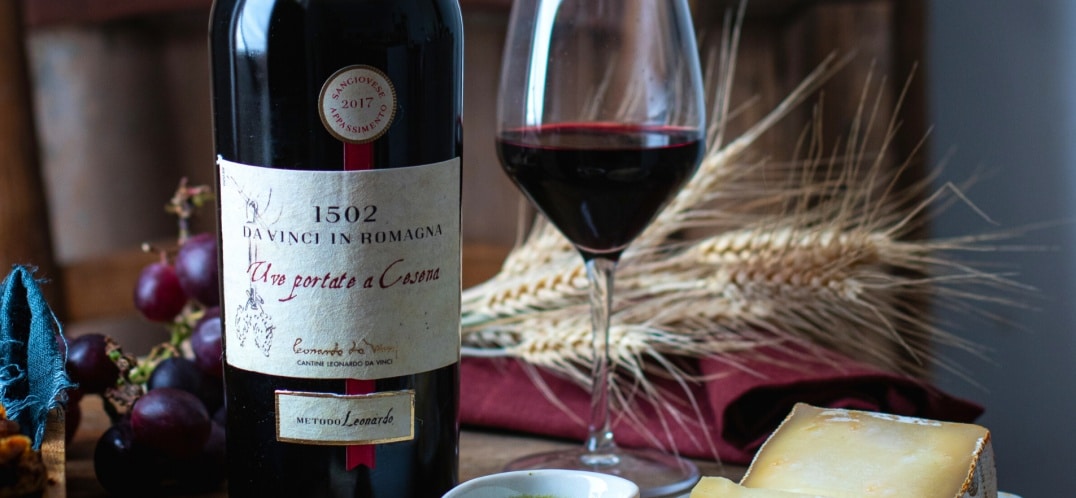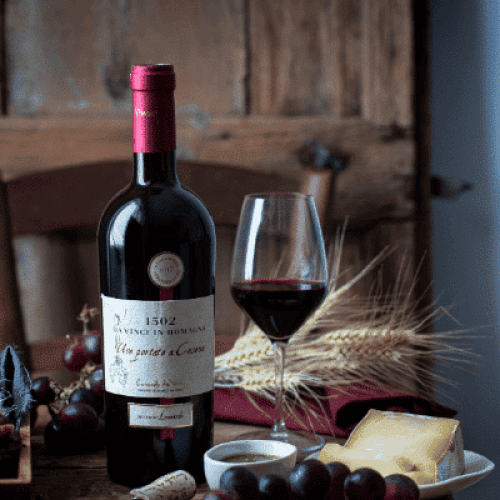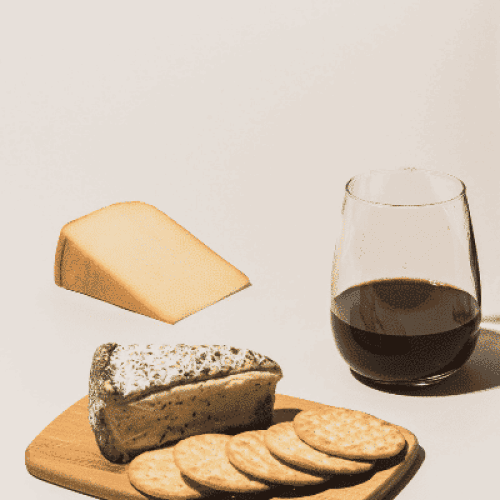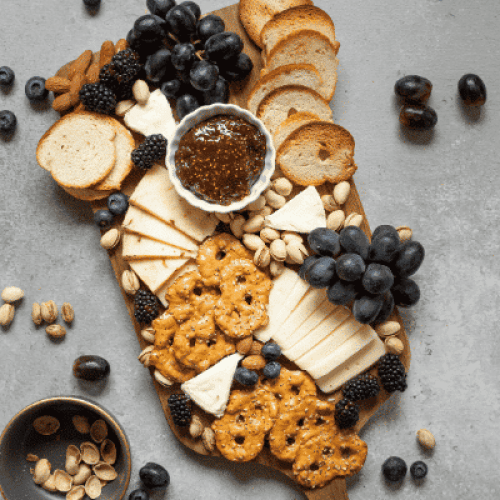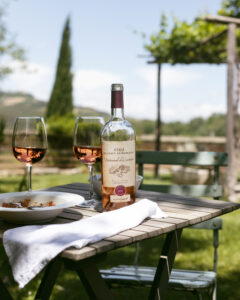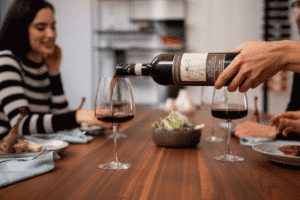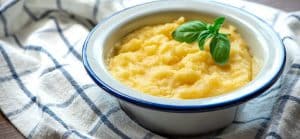Cheese is a dairy product that is obtained from the coagulation of milk or cream through the use of salt and enzymes, also called rennet. The rennet actives the coagulation process which sees the separation of the liquid part (the “whey“) from the insoluble protein mass (the so-called “curd“), that is then collected and processed to make cheese.
Depending on the type of production process, seasoning, type of dough or fat content, various types of cheese are obtained. Let’s identify some of the main types:
Cheese varieties based on aging
- fresh cheeses (e.g: Squacquerone, stracchino, mozzarella, crescenza, robiola)
- semi-mature cheeses (e.g. Pecorino di Pienza, Taleggio, Emmental, Fontina)
- mature cheeses (ex: Parmigiano Reggiano, Grana Padano)
Cheese varieties based on fat content:
- fatty cheeses (e.g. Camembert, mascarpone, caciocavallo)
- half-fat cheeses (ex: stracchino, scamorza, giuncata)
- low-fat cheeses (e.g. ricotta, Primo Sale)
Cheese varieties based on consistency:
- blue-veined cheeses, which contain molds (Penicillum) that form the characteristic green or blue patches inside the cheese (eg: gorgonzola, roquefort, stilton)
- stretched-curd cheeses, in which the curd is heated in boiling water, making it “spin” and then stretching it to form more or less large “balls” (mozzarella, burrata, provolone, caciocavallo)
- melted cheeses, for which the curd is melted (eg: American cheese)
- pressed cheeses, in which the curd is subjected to mechanical pressing to release the whey contained in it, for those cheeses with medium-long maturation (eg Asiago, pecorino sardo, Bitto, Monte Veronese)
Wine and cheese pairing: a perfect tasting
All cheese lovers know that for a perfect cheese tasting, the right wine pairing is imperative, whether the cheese is served at the end of a meal or enjoyed as a stand-alone dish. For the former, it is always necessary to consider the flavors of the dishes served, opting for a wine whose structure and complexity equal or exceed those of the main dish. The latter case, that of a cheese tasted in its own right, means that wine pairing can be less prescriptive.
Before choosing the wine for a cheese, it is necessary to consider all of the characteristics of the cheese: fatness, flavor, spiciness, acid or sweetness. The “succulence” of the cheese, in fact, will influence a greater or lesser aromatic intensity, and a greater or lesser aromatic persistence. To find the right wine-cheese combination, you can proceed by following these guidelines:
– with fresh and soft cheeses, we recommend pairing with white wines, considering that the tastier the cheese, the more aromatic the wine will appear. Rosé wines also pair excellently here. In the case of fresh and succulent goat cheeses, particularly the spreadable types, a soft and fragrant white wine is the ideal pairing.
– young hard or semi-hard cheeses, such as a Tuscan pecorino, are perfect to be paired with both white wines and medium-structured red wines.
– aged cheeses, from Parmigiano Reggiano to Grana Padano or Castelmagno to name a few, are usually fragrant and tasty, so they combine well with both red wines of great structure and a soft and velvety taste, able to harmonize the tasting.
– if on the table you find blue cheeses or cheeses with a bloomy rind, you will have to know how to manage a more complex combination. These types of cheeses have a strong aromatic intensity, and their flavors are more persistent than other types. It follows, therefore, that the best wine pairing will be that of red wines with good structure and moderate softness, very aromatic white wines aged in wood, sweet wines, or sweet liqueur wines.
Examples of wine and cheese tasting
Here are some examples of wine pairings with cheeses with the labels of Cantine Leonardo da Vinci:
- Pecorino Toscano DOP: Vergine delle Rocce Chianti Riserva DOCG from the Leonardo da Vinci collection
- Pecorino Fiore Sardo DOP: Vermentino Toscana IGT from the Leonardo da Vinci collection
- Grana Padano DOP: Mappa di Imola Pignoletto Spumante Brut from the 1502 Da Vinci in Romagna collection
- Parmigiano Reggiano DOP 30 mesi: San Giovanni Battista Brunello di Montalcino DOCG from the Da Vinci I Capolavori collection
- Mozzarella di Bufala Campana DOP: Duomo di Faenza Trebbiano di Romagna DOC from the 1502 Da Vinci in Romagna collection
- Tomino: Portocanale di Cesenatico Sangiovese Rosato Rubicone IGT from the 1502 Da Vinci in Romagna collection
- Taleggio DOP: Rocca di Cesena Sangiovese Superiore Riserva Romagna DOC from the 1502 Da Vinci in Romagna collection
- Brie: Chianti DOCG from the Leonardo da Vinci collection
- Fontina DOP: Dama con l’Ermellino Pinot Grigio Rubicone IGT from the Da Vinci I Capolavori collection
- Gorgonzola DOP: Vin Santo Bianco dell’Empolese DOC from the Villa da Vinci collection
